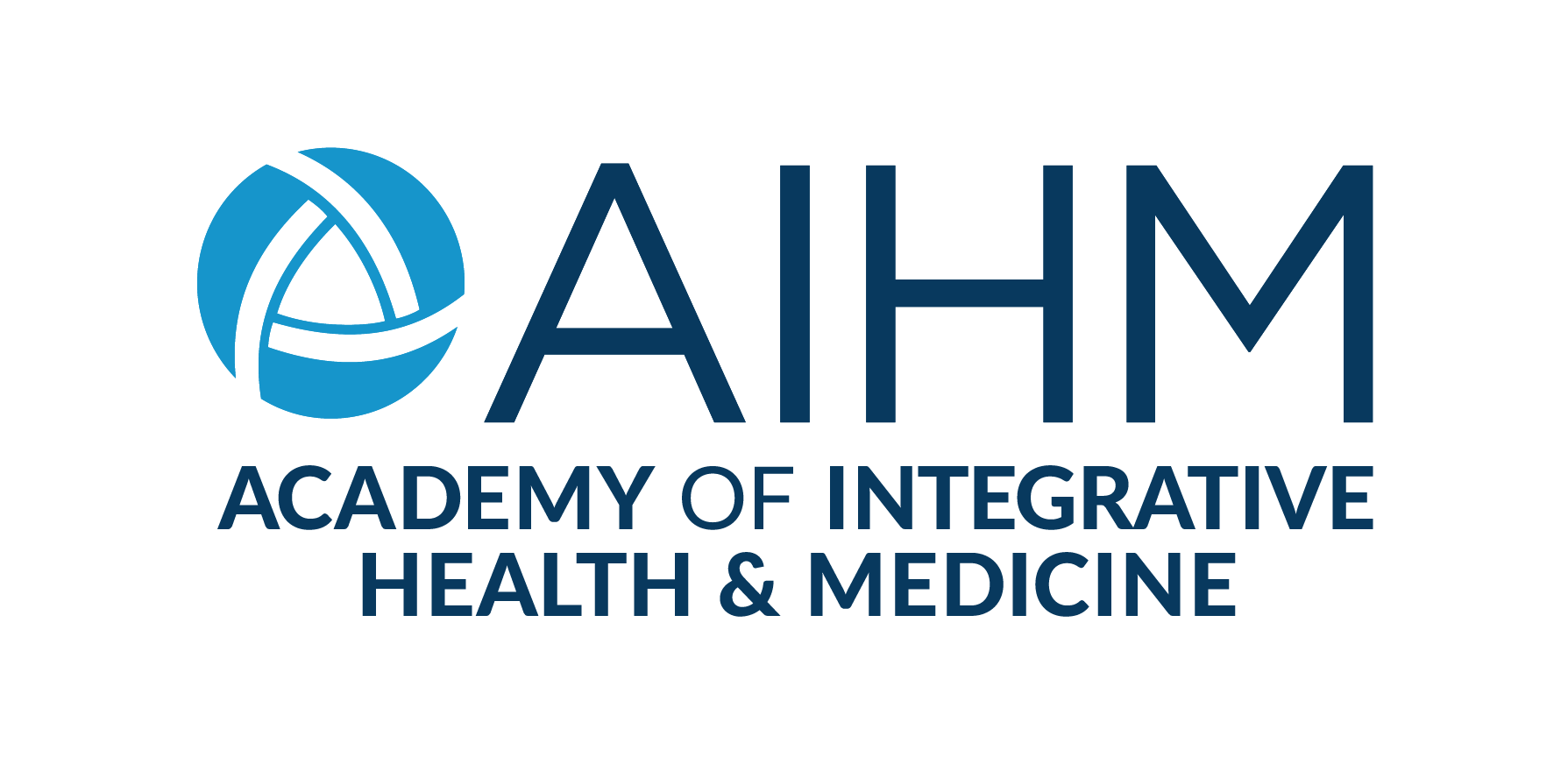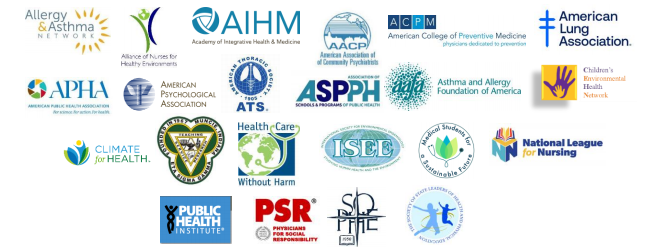April 2, 2021
The President
The White House
1600 Pennsylvania Ave, N.W.
Washington, DC 20500
Dear Mr. President:
Health organizations urge you to support COVID recovery legislation that invests in a healthier future for the nation by cleaning up air pollution, addressing climate change and ensuring environmental justice.
For more than a year, COVID-19 has torn through this country, leaving disaster in its wake. Congress has shown leadership and taken action to provide immediate relief from the health emergency. As vaccinations pick up, financial relief and protections for people and businesses continue, and individuals follow CDC guidelines of mask-wearing and physical distancing, we finally have hope. We call on the nation’s leaders to act once again to ensure that we emerge from the pandemic a stronger, healthier nation for the long term.
The pandemic has highlighted a need and an opportunity for robust and sustained support for public health measures to build a healthier future. Our organizations recognize that public health depends on the nation’s ability to protect all communities from harmful pollution, prevent the worst impacts of climate change and mitigate the climate impacts we’re facing now, and ensure racial justice in every aspect of federal policy.
The air a person breathes directly impacts their health, and climate change is worsening the nation’s air quality. New research shows connections between air pollution exposure and worse outcomes from COVID-19.1 We urge your Administration and Congress to take swift and bold action for COVID recovery to make investments that will reduce both air and climate pollution, incentivize the creation and deployment of renewable, non-combustion energy technologies, support the national transition to a pollution-free transportation sector, promote energy efficiency
1 Wu, X., Nethery, R. C., Sabath, M. B., Braun, D. and Dominici, F., 2020. Air pollution and COVID-19 mortality in the United States: Strengths and limitations of an ecological regression analysis. Science advances, 6(45), p.eabd4049.
and mitigate the effects of climate change on public health. As with every action taken, ensuring equity and meaningful engagement with affected communities should be top priorities.
Please consider the following as opportunities for investment.
Strengthen and Modernize the Nation’s Air Quality Monitoring System
Nearly half of the population lives in a county with failing grades for ozone pollution or particulate matter pollution and 120 million Americans face failing grades for both.2 Ground-level ozone (sometimes referred to as “smog”) and particle pollution (“soot”) can threaten the health of anyone, but some individuals are at a greater risk of harm. Individuals with asthma, COPD, or other lung conditions as well as children and seniors fare worse health outcomes from breathing in air pollution.
As a result of numerous current and legacy racist policies and practices, the burden of air pollution is not equally felt. People of color are disproportionately likely to live in areas with higher levels of air pollution, compounding already stressed social determinants of health.3 Accurately monitoring the air quality is a necessary first step to addressing the problem. According to a 2020 Government Accountability Office report, the current air quality monitoring network is unreliable and failing due in part to a 20% decrease in funds since 2004.4 Please further invest in long-overdue updates to the nation’s air quality monitoring system under Sections 103 and 105 of the Clean Air Act, prioritizing those investments in communities that stand the most to gain from air pollution clean-up. These funds can also be used for better planning and permitting, which could help state and local air agencies – particularly those servicing fence-line communities – not only monitor the air but also better plan, permit and inspect sources of air pollution.
Invest in Clean Electricity and Support a Resilient Electricity Grid
The science is clear. Burning fossil fuels for energy threatens health by increasing levels of air pollution and accelerating climate change.5 The U.S. has an opportunity to lead the world in the transition to a safer, non-combustion renewable energy sector. The 2020 end of year spending bill that was signed into law included numerous investments in clean energy that serve as a starting point for what we can ultimately achieve. Your Administration can work with Congress to authorize long-term extensions in expanded direct-pay clean energy tax credits for the investment in and production of clean, non-combustion renewable energy and fund the deployment of new energy storage projects to enhance reliability.
Transitioning to a reliable clean energy future must not leave any community behind. Equity can be ensured by providing financing and grants to low-income single-family households and multi family housing units to invest in energy efficiency and install solar panels, battery storage, electric appliances and electric vehicle charging infrastructure.
2 American Lung Association. State of the Air. Apr 2020. www.lung.org/sota
3 American Lung Association. State of the Air. Apr 2020. www.lung.org/sota
4 Government Accountability Office. (2020). Air Pollution: Opportunities to Better Sustain and Modernize the National Air Quality Monitoring System (GAO-21-38)
5 Torjesen I. Fossil fuel air pollution blamed for 1 in 5 deaths worldwide The BMJ, Volume 372, 2021
Support a Pollution-Free Transportation Sector
The transportation sector is the largest source of carbon pollution in the United States and is a leading contributor to air pollution. More than a dozen national health, medical and nursing organizations agree that transitioning to electric vehicles (EVs) will have numerous health and climate benefits. A nationwide switch to electric cars, buses and heavy-duty trucks, backed by increasing levels of clean, non-combustion renewable energy, will save 6,300 lives, prevent 93,000 asthma attacks and avoid 416,000 lost workdays in 2050. It would also generate $72 billion in annual health benefits and $113 billion in global climate benefits.
Congress can support a pollution-free transportation sector starting with the tax code. Federal incentives can apply to the manufacturing and consumer purchase of EVs. Expanding tax credits to apply to used EVs will also provide an equal opportunity for low-income individuals to purchase cleaner cars, as seen in the “Clean Cars 4 All” policy in California. Any investments in the manufacturing or purchase of EVs should also be paired with investments in EV charging infrastructure, ensuring that low-income communities (including federal public housing units) are prioritized for infrastructure, job training and other benefits of the transition.
A truly pollution-free transportation sector would require investments in every aspect of the sector. From the trucking industry to public transit and school buses, your Administration can utilize and strengthen the Diesel Emissions Reduction Act grant programs or the “Low or No Emissions Vehicle Programs” to electrify medium- and heavy-duty vehicles. School buses carry millions of children every day. Investing in programs to transition diesel school bus fleets to electric fleets will provide health benefits for a group that is among the most vulnerable to air pollution. The nation’s ports are also major sources of air pollution due to the constant activity from ships, trucks and cargo equipment. Reducing emissions from ports will benefit the health of the millions of Americans living in port communities. Additionally, providing funds to fully electrify the federal fleet will show tremendous leadership and a commitment to protect public health from harmful tailpipe emissions.
It must also be recognized that alternative forms of transportation can create numerous health benefits in communities across the country. Improving and expanding infill, transit-oriented development and active transportation such as walking or biking infrastructure through federal funds like the Transportation Alternative Program can not only promote healthy lifestyles and reduce vehicle miles traveled, but can ensure safe, healthy and practical mobility options to residents of all ages and abilities without the need for personal transportation.
Increase Energy Efficiency Measures
Energy efficiency measures are a part of the solution to not only reduce the emissions of climate-warming greenhouse gases and other harmful air pollutants, but also to save consumers money in the long run, preserving more of a household’s income or a small business’ budget. Financing retrofits of federal buildings is a start and grant programs to offer
6 American Lung Association. The Road to Clean Air: Benefits of a Nationwide Transition to Electric Vehicles. Sept 2020. www.lung.org/ev
energy efficiency improvements for industrial, commercial and residential buildings can reduce the demand for energy, therefore reducing emissions.
The healthcare sector provides another opportunity to improve and expand energy efficiency measures. Investing in resilient, low-carbon health infrastructure can strengthen hospitals’ ability to withstand extreme weather events and to lead resiliency efforts. For example, Congress can fund resilient hospital and health systems’ infrastructure through the Hill-Burton Program within the Health Resources and Services Administration, aiding in the energy-efficient construction of facilities providing free or low-cost care.
Support Communities Preparing for and Managing the Health Impacts of Climate Change
In addition to the COVID-19 pandemic, the past year saw numerous climate-related disasters that put additional stress on already taxed public health systems and communities. Record breaking wildfires and devastating floods impacted the health of millions of Americans and claimed dozens of lives. When extreme weather events ravage a community, it not only threatens lives and property, but it also disrupts health care systems and leaves a long-lasting impact on health by way of worsened air quality, the growth of mold, the reliance on particle emitting combustion for heat and cooking and a toll on mental health.
It is time for Congress to recognize that these events will continue to happen and will get worse, even as the nation acts to mitigate climate change. State and local health departments and public health professionals need to have the resources, training and technical support to understand and prepare for the health impacts of climate change. We urge your Administration and Congress to utilize existing programs within CDC to assist states with these efforts, like the Climate and Health Program within the National Center for Environmental Health, which already help participating states with plans to track the spread of vector-borne diseases or to keep communities cool during periods of excessive heat, for example. Additionally, to improve the public health response to climate change, we ask Congress to pass policy to create a National Strategic Action Plan to assist health professionals in climate resiliency.
There is an immense opportunity to build back stronger following the current pandemic. We hope that you will use this opportunity to adequately bolster public health by targeting investments to programs that will mitigate the effects of future public health emergencies while ensuring economic and environmental justice. The undersigned organizations look forward to working with your Administration and Congress towards a healthier future.
Sincerely,
Allergy & Asthma Network
Alliance of Nurses for Healthy Environments
Academy for Integrative Medicine and Health
American Association of Community Psychiatrists
American College of Preventive Medicine
American Lung Association
American Public Health Association
American Psychological Association
American Thoracic Society
Association of Schools and Programs of Public Health
Asthma and Allergy Foundation of America
Children’s Environmental Health Network
Climate for Health
Eta Sigma Gamma, Inc.
Health Care Without Harm
International Society for Environmental Epidemiology — North American Chapter Medical Students for a Sustainable Future
National League for Nursing
Public Health Institute
Physicians for Social Responsibility
Society for Public Health Education
Society of State Leaders of Health and Physical Education




